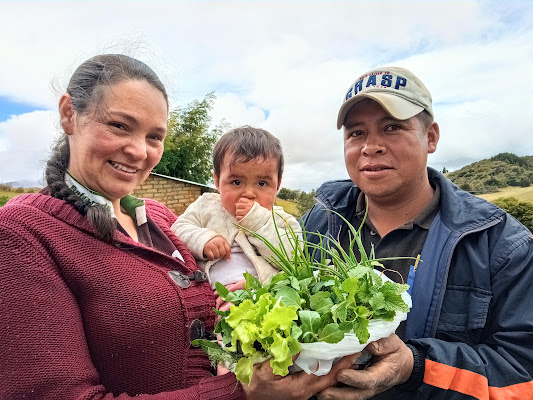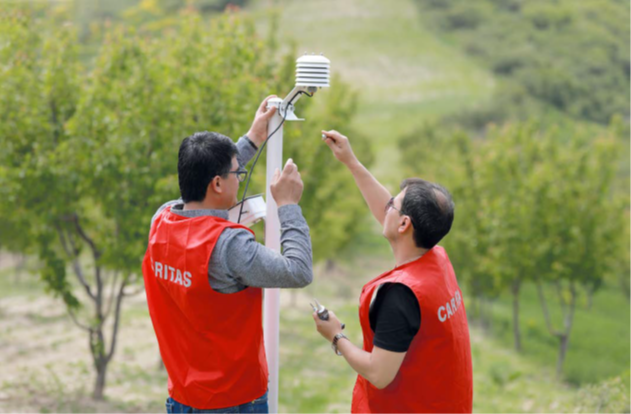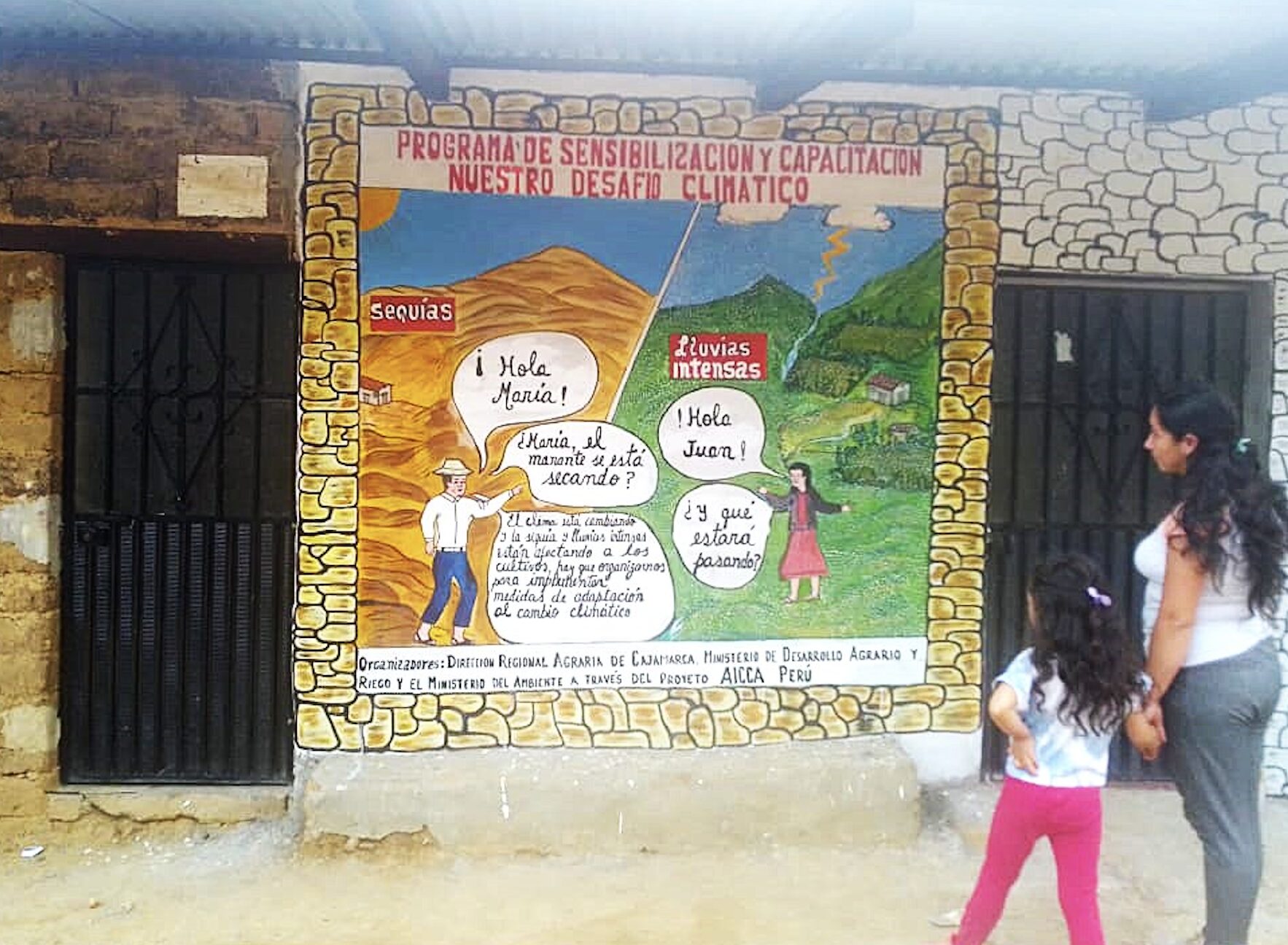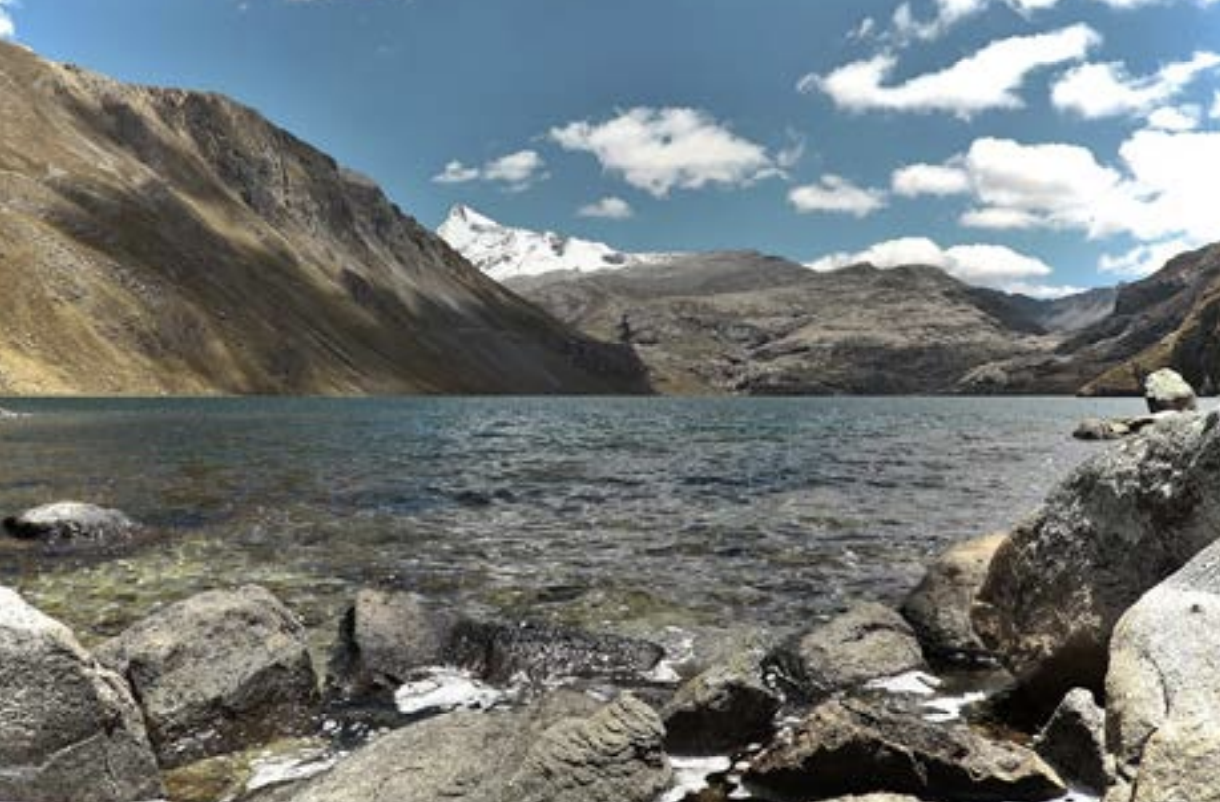Flood
TENDHIS web application, “Historical precipitation and temperature trends” from SENAMHI, Peru
The TENDHIS web application, "Historical Precipitation and Temperature Trends" from SENAMHI, provides systematized information on historical temperature and precipitation trends...
Gardens of life – sustainable livelihood strategy to increase resilience, in terms of food security, in the Tota Lake basin, Colombia
"Gardens of life" are agroecological productive systems with diverse food species for self-consumption and surplus for commercialization. The structure of...
Organic fertilizer (biofertilizer) production module in the Tota Lake basin, Colombia
Climate change scenarios for the Lake Tota basin for the period 2026-2050 predict changes in rainfall patterns, with increments between...
Formation of knowledge communities to reduce vulnerability and increase governance and resilience in the Tota Lake basin, Colombia
This solution was implemented by the Adaptation to the Impacts of Climate Change on Water Resources in the Andes (AICCA)...
Weather Water Climate Services for Tajikistan
Caritas Switzerland’s Weather Water Climate Services (WWCS) initiative is transforming climate resilience in Tajikistan through a circular value chain that...
Promotion of local adaptation initiatives to strengthen and improve the availability of water for irrigation in Peru
In the Andean countries, climate change threatens water security. To address this challenge, the Adaptation to Climate Change Impacts on...
Using Allo to transform local economies and build climate resilience in Nepal
The HKH Adaptation Solutions Portal is one of a collaborative family of regional and topic-orientated portals working with the Adaptation at Altitude programme to collect and connect knowledge on successful climate change adaptation solutions.
These portals are connected through the Adaptation at Altitude Solutions Portal, a global portal working to share solutions that can be scaled-up and translated into new contexts across the world, and to promote exchange, networking and discussion via a dedicated community for adaptation in mountains.
Saving lives and property — The fight against yearly flash floods in the Hindu Kush Himalaya: a case study of Pakistan
The HKH Adaptation Solutions Portal is one of a collaborative family of regional and topic-orientated portals working with the Adaptation at Altitude programme to collect and connect knowledge on successful climate change adaptation solutions.
These portals are connected through the Adaptation at Altitude Solutions Portal, a global portal working to share solutions that can be scaled-up and translated into new contexts across the world, and to promote exchange, networking and discussion via a dedicated community for adaptation in mountains.
Sustainable watershed management in glacial mountain ecosystems in Peru
The Glaciares+ project was led by NGO CARE Peru, in partnership with the University of Zurich and financed by the...
Assessing the Economic Impacts of Disasters along Key Transport Corridors: Tajikistan
This World Bank and Global Facility for Disaster Reduction and Recovery (GFDRR) project combined surveys, interviews, and extensive site visits...










